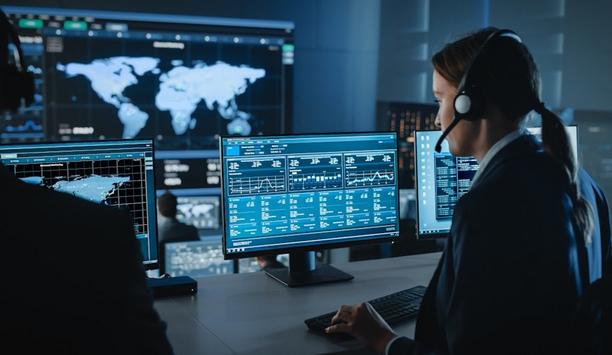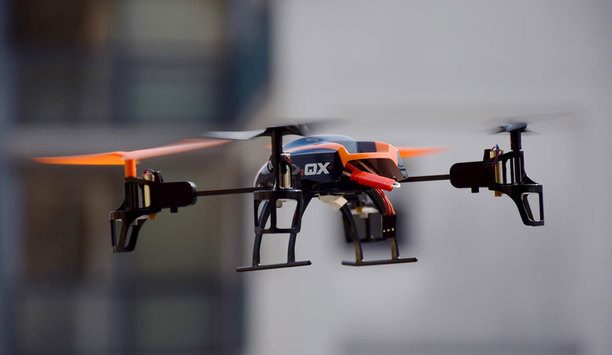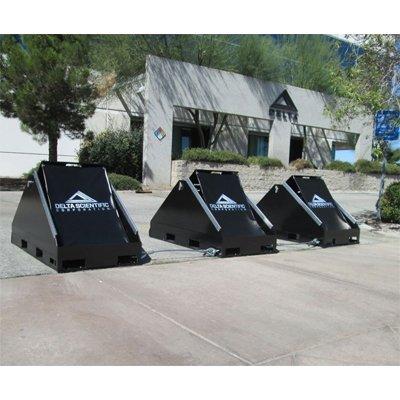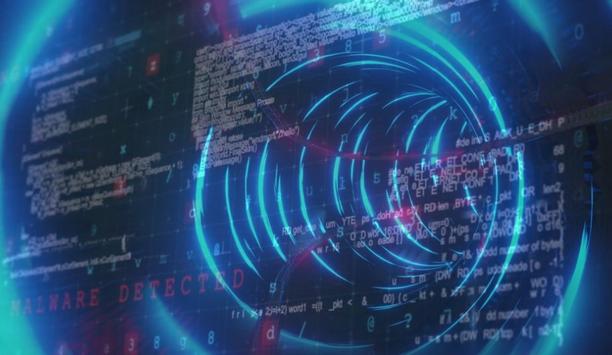What drives terrorism? It's a question asked by governments, individuals, militaries and businesses. Terrorist tactics and tradecraft constantly evolve to respond to external forces that enable, constrain and otherwise shape them.
Tracking the influential forces that shape terrorism is crucial to understanding how attacks are conducted and placing an attack in context. But most importantly, understanding the drivers of terrorism helps security professionals anticipate terrorism trends so they can train their teams and deploy assets accordingly. With this in mind, I want to briefly discuss the main drivers I track to forecast terrorist dynamics and then discuss five terrorism trends I believe will arise in the next few years because of these factors.
Five Main Drivers Of Terrorism
1. Past Attacks: The tactics used in past attacks and the security force response to them have long driven terrorist trends. Perhaps this has been best illustrated by the long, evolving history of terrorist tactics used in attacks against aircraft – and the corresponding security measures enacted in the wake of successful or failed attacks.
2. Media Coverage: Since the advent of modern terrorism, attacks have been considered a form of propaganda, “propaganda of the deed” as the early anarchist terrorists referred to them. Media coverage of terrorist attacks magnify the impact of an attack, is considered critical for recruiting new followers to the terrorist’s cause and for is also useful for inspiring copycat attacks.
3. Terrorist Ideology: A group’s ideology dictates a wide range of factors from target selection to the tactics used in attacks. The permissibility of conducting suicide attacks and of creating civilian casualties are just two examples of ideological factors that help shape terrorist dynamics.
4. Technology: Obviously the miniaturisation of electronics has vastly changed bomb making tradecraft – and at the same time increased the ability for authorities to scan for explosives. Beyond that, technology has also dramatically changed the way terrorist organizations conduct surveillance, communicate, produce propaganda and move funds.
A group’s ideology dictates |
5. Politics: Von Clausewitz called war the continuation of politics by other means and as a form of warfare, terrorism is inherently political. Because of this, politics have always played an important role in shaping terrorist trends. For example, the political upheaval created by the so-called Arab Spring had wide ranging terrorism repercussions across the Middle East.
Five Emerging Trends
Based on these drivers, we can expect to see the following five terrorism trends grow and evolve over the next few years.
1. Resurgence of domestic terrorism in the U.S. and Europe
The current highly polarised political environment in Europe and the United States with rising nationalism, distrust of government and conflict over a number of social issues, will lead to a resurgence in terrorism from both the extreme left and extreme right.
The immigration issue has energized ultranationalist and white supremacist groups on both sides of the Atlantic. At the same time we see a resurgence of anarchism and other extreme left ideologies. As a result, we are entering another cycle of domestic political violence such as that seen in the 1970s and more briefly in the late 1990s. Also, just like in those past periods, there are external actors fanning the flames. Russia is particularly active in this regard.
2. Escalation of simple jihadist attacks in the West
Al Qaeda in the Arabian Peninsula’s 2009 call for grassroots jihadists living in the West to conduct simple attacks in countries where they live – an approach later adopted by the Islamic State in Sept 2014 – has led to a dramatic increase in these types of attacks. This has been clearly noted in the current wave of vehicular assaults.
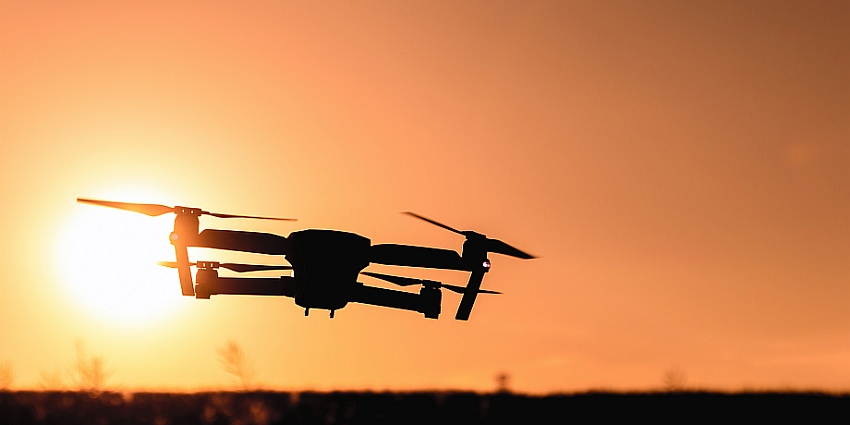 |
| We continue to believe that it will be some time before terrorist actors in the West will be able to create effective improvised weaponised drones |
Jihadists began conducting vehicular assaults in the early 2000’s but the tactic has become far more widely employed following the deadly and highly publicised truck attack in Nice, France in July of 2016. A similar trend has occurred with knife attacks and armed assaults, and as the Islamic State loses its core territory in Syria and Iraq, it and al Qaeda are doubling down on calls for these attacks. Given the intense media they have generated, even small-scale attacks are being considered a success and trumpeted by the jihadists. Simple attacks are the “new normal” now.
3. Increasing use of drones
While the use of unmanned aerial vehicles (drones) in lethal attacks by non-state actors such as the Islamic State and Hezbollah has garnered a great deal of attention, we continue to believe that it will be some time before terrorist actors in the West will be able to create effective improvised weaponised drones. However, that doesn’t mean they won’t try, and I expect to see plots or botched attacks in the coming year involving drones even if they are likely to create more panic than results.
The rapidly increasing number of items connected to the Internet will provide terrorists with far more |
4. Online University of Terrorism
One drawback of the embrace of the leaderless resistance model of terrorism by jihadists, anarchists and white supremacists is that it makes it more difficult for would-be terrorists to get training in terrorist tradecraft. Due to advances in technology, people can now receive training in a number of different things over video conferencing links.
I expect terrorist trainers to take advantage of this technology to provide training in skills such as bomb making via encrypted video chat rooms on the Darknet. Inspire Magazine has helped equip many do-it-yourself terrorists to conduct attacks and interactive training sessions with master terrorists will help them become even more deadly.
5. Real cyber terrorism
To date, the terrorist offensive activity on the Internet has been confined mostly to cracking passwords; defacing websites or social media accounts; and providing personal information on military members, police officers and other potential targets.
However, the rapidly increasing number of items connected to the Internet, everything from cars to industrial control systems, will provide terrorists with far more attack space. I believe that we will soon see cyber terrorism become deadly through a targeted cyber attack on a hospital, utility or other critical node.
Learn why leading casinos are upgrading to smarter, faster, and more compliant systems










